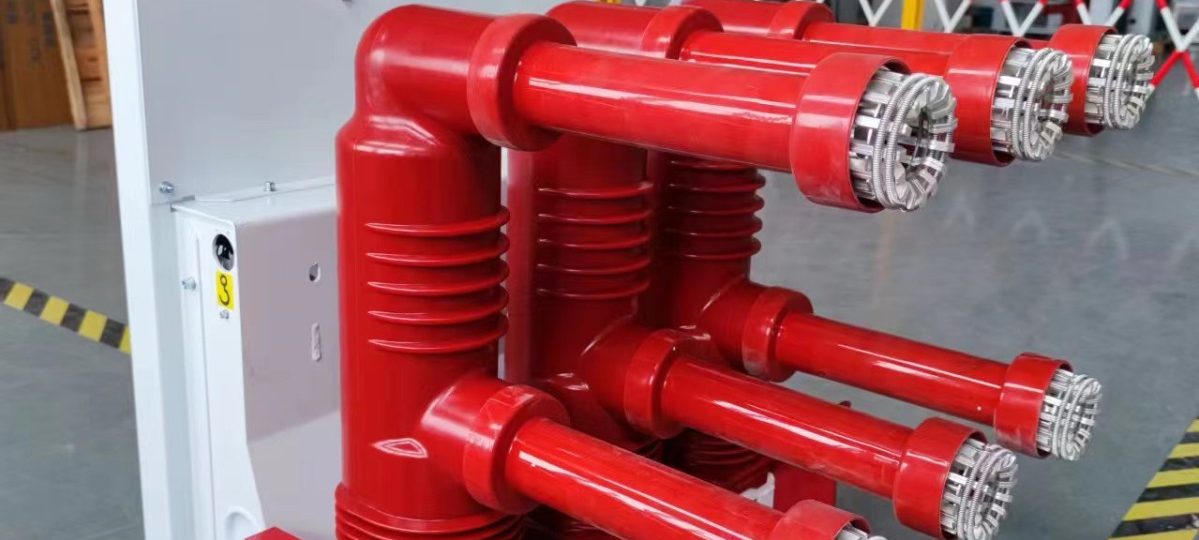
How to Troubleshoot a Faulty Vacuum Circuit Breaker
A Vacuum circuit breaker is a crucial component in modern electrical systems. It ensures safety and reliability by interrupting the current flow during faults or overloads. When a Vacuum circuit breaker fails or malfunctions, it can lead to serious operational issues, downtime, or even equipment damage. Understanding how to troubleshoot a faulty Vacuum circuit breaker is essential for maintaining system integrity and preventing costly failures.
Understanding the Function of a Vacuum Circuit Breaker
A Vacuum circuit breaker operates by separating electrical contacts within a vacuum. When the contacts open, the current is interrupted, and the arc that forms is quickly extinguished because there is no medium for ionization. This makes the Vacuum circuit breaker highly reliable, efficient, and ideal for medium-voltage applications.
Common Causes of Vacuum Circuit Breaker Faults
Before starting the troubleshooting process, it’s vital to know what causes a Vacuum circuit breaker to fail. Common issues include mechanical wear, poor contact alignment, vacuum loss, coil failure, and control circuit malfunctions. Environmental factors like dust, moisture, and vibration can also degrade the Vacuum circuit breaker’s performance over time.
Initial Inspection of a Vacuum Circuit Breaker
The first step in troubleshooting a Vacuum circuit breaker is a visual inspection. Check for loose connections, broken parts, or signs of overheating. Examine the operating mechanism for smooth motion. Any irregularities in the mechanical parts can indicate the root of the problem. The visual check helps identify whether the Vacuum circuit breaker is suffering from physical damage or contamination.
Checking the Control Circuit of the Vacuum Circuit Breaker
A malfunction in the control circuit can prevent a Vacuum circuit breaker from opening or closing properly. Use a multimeter to measure the voltage across the control circuit. Ensure that the auxiliary relays and control switches are functioning correctly. If any control component fails, it can result in improper operation of the Vacuum circuit breaker.
Testing the Coil and Mechanism
The closing and tripping coils of a Vacuum circuit breaker must operate at their rated voltage. If the coil resistance is too high or too low, the Vacuum circuit breaker may fail to trip or close. Use an ohmmeter to check the coil resistance. Also, lubricate moving parts and check for any mechanical obstruction that can affect the operation of the Vacuum circuit breaker.
Verifying the Contact Resistance
High contact resistance in a Vacuum circuit breaker indicates poor contact alignment or contamination. Measure the contact resistance using a micro-ohmmeter. A properly functioning Vacuum circuit breaker should have minimal resistance across its contacts. If the resistance is high, it can lead to overheating and eventual failure of the Vacuum circuit breaker during operation.
Checking the Vacuum Integrity
The vacuum integrity is the most critical aspect of a Vacuum circuit breaker. If the vacuum inside the interrupter is compromised, the arc may not extinguish effectively. A vacuum test set is used to measure the internal pressure. If the reading shows that the vacuum level is below acceptable limits, the Vacuum circuit breaker interrupter must be replaced immediately.
Analyzing the Trip Unit of the Vacuum Circuit Breaker
Modern Vacuum circuit breakers are equipped with electronic trip units that provide protection against overloads and short circuits. If the trip unit malfunctions, it may not send a trip signal to the breaker. Check the trip unit calibration and wiring connections. A faulty trip unit can cause the Vacuum circuit breaker to remain closed during a fault, risking equipment damage.
Maintenance Practices for Vacuum Circuit Breakers
Proper maintenance helps avoid recurring faults in a Vacuum circuit breaker. Regularly clean the breaker, lubricate the mechanism, and tighten electrical connections. Record operational data such as contact wear and trip counts. Preventive maintenance ensures that the Vacuum circuit breaker continues to function efficiently throughout its lifespan.
Testing the Operation Sequence
Performing a manual operation test helps verify the performance of the Vacuum circuit breaker. Open and close the breaker several times to ensure smooth motion. Listen for unusual noises during operation. The Vacuum circuit breaker should operate consistently without delay or mechanical resistance.
Monitoring During Load Conditions
While troubleshooting, it’s essential to monitor the Vacuum circuit breaker under actual load conditions. Observe current flow, temperature, and tripping behavior. If the Vacuum circuit breaker trips unexpectedly or fails to trip, it indicates an underlying electrical or mechanical issue. Continuous monitoring helps detect intermittent problems that might not appear during standard testing.
Replacing Faulty Components
If the inspection and tests reveal damaged components, replace them with original manufacturer parts. Never compromise on quality, as inferior parts can reduce the reliability of the Vacuum circuit breaker. Ensure that all replaced components are correctly rated and compatible with the existing system.
Safety Measures During Troubleshooting
When working on a Vacuum circuit breaker, always follow safety guidelines. De-energize the circuit, wear proper protective equipment, and discharge stored energy before performing any inspection. Handling a Vacuum circuit breaker without proper safety precautions can lead to electrical shock or mechanical injury.
Final Verification and Documentation
After completing the troubleshooting and repairs, conduct a final operational test to confirm that the Vacuum circuit breaker works correctly. Document all findings, test results, and maintenance actions. Keeping accurate records ensures traceability and helps predict future maintenance needs for the Vacuum circuit breaker.
Conclusion
Troubleshooting a faulty Vacuum circuit breaker requires a systematic approach involving inspection, testing, and maintenance. By checking control circuits, contact resistance, and vacuum integrity, technicians can accurately identify and resolve problems. Regular maintenance and timely replacement of worn components will extend the life of the Vacuum circuit breaker and enhance system reliability. A well-maintained Vacuum circuit breaker is essential for ensuring electrical safety and uninterrupted power supply.